Blog

10 Alternatives to Japanese Barberry
With the recent news that Japanese barberry (Berberis thunbergii) will be banned in Pennsylvania due to its invasive nature and tick harboring characteristics, we have put together a list of alternative plants to use in its place. Barberry is a popular shrub in Pennsylvania because of its deer resistance, leaf coloring (yellow to green to dark red leaves that turn orange to red in the fall) and red berries. It usually grows around 3 – 6 feet tall in full sun. Below are some shrubs with similar characteristics that also add value for wildlife and pollinators. In addition, all of these plants (or varieties of these plants) have been selected as Phipps Top 10 Sustainable Plants. That means that they are non-invasive, resistant to disease and insects and require little or no watering or fertilization once established.
If you already have Japanese barberry in your garden and want to remove it, you can learn more about that process from Penn State Extension. And to learn more about the plants below, read on or look them up in our Top 10 Sustainable Plants finder!
Plants with fall color, deer resistance and comparable size to Japanese barberry
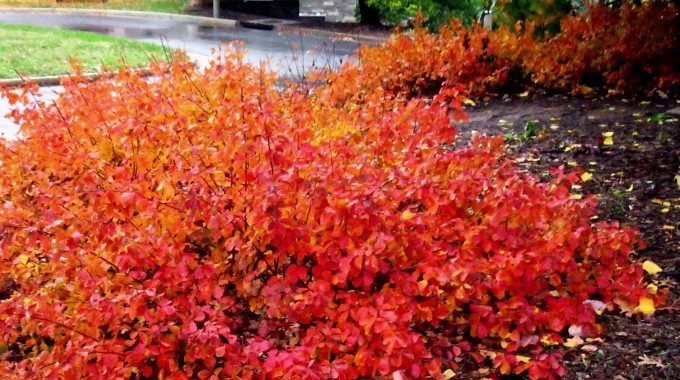
Fragrant sumac (Rhus aromatic) has fall colors of red, yellow and orange and fragrant flowers in spring which provide a nectar source for adult butterflies. They look great grown in masses as can be found in nature. Fragrant sumac grows in full sun to part shade reaching 2 – 6 feet tall and 6 – 10 feet wide and tolerates dry soils. Fragrant sumac ‘Gro-Low’ (Rhus aromatica 'Gro-Low') is a dwarf variety which grows 1.5 – 2 feet tall and 6 – 8 feet wide. (Dwarf variety ‘Gro-Low’, Phipps Top 10 Sustainable Plant, 2010)
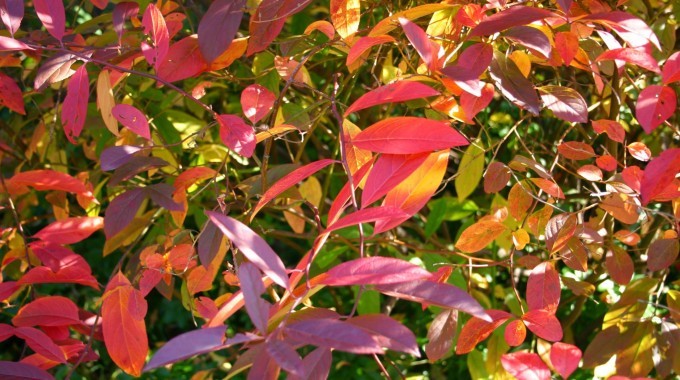
Virginia sweetspire (Itea virginica) has great fall color (red, orange and gold leaves) with fragrant white flowers that bloom in late spring/early summer. Virginia sweetspire can be used in rain gardens and tolerates shade and clay soil. It grows to a height and width of 3 – 5 feet. This shrub is native to southwestern PA, attracts butterflies and other pollinators and provides nesting sites for birds. (Phipps Top 10 Sustainable Plant, 2011)
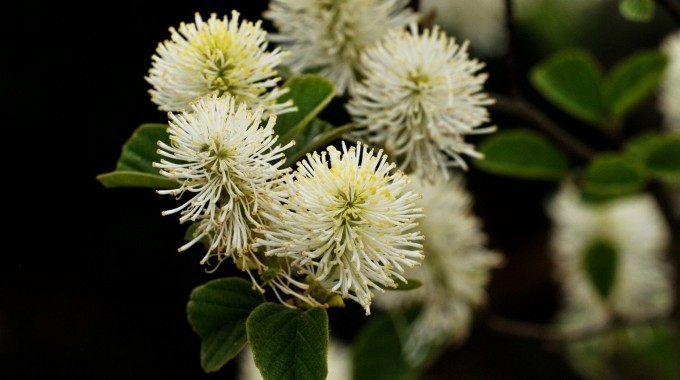
Dwarf fothergilla (Fothergilla gardenii) is a low growing shrub with colorful leaves in the fall and fragrant, white spring flowers. Dwarf fothergilla grow best in acidic, rich soil in full sun. This dwarf variety grows to 3 – 5 feet tall and wide. Fothergilla is a host plant for butterflies and provides food for pollinators. (Phipps Top 10 Sustainable Plant, 2008)
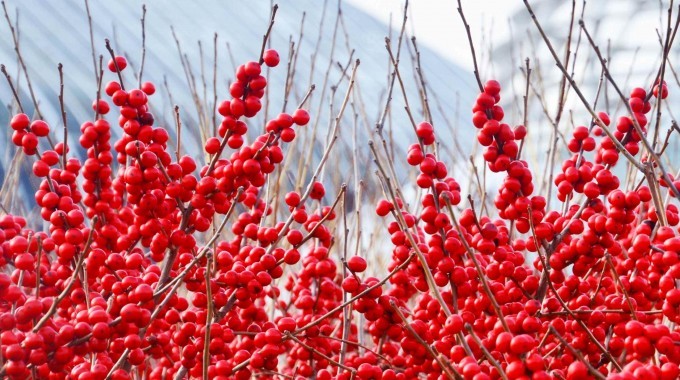
Winterberry holly 'Red Sprite' (Ilex verticillata 'Red Sprite') is a 3 – 4 feet tall deciduous shrub that is ideal for a smaller landscape. Although winterberry holly does not have vibrant fall color, it is included in this list because of its gorgeous red berries and deer desistance. The variety ‘Red Sprite’ is a female selection that produces bright red berries in fall that remain on the plant through winter. Fruit set requires the male, 'Jim Dandy,' for pollination. Winterberry holly prefers moist, acid soil and grows in full sun to partial sun. This beautiful plant has many ecological benefits and provides cover for wildlife and a nest site for birds. Winterberry is native to Western Pennsylvania and attract bees, butterflies and hummingbirds with its pollen and nectar. (Phipps Top 10 Sustainable Plant, 2008)
Plants with fall color, deer resistance and larger size than Japanese barberry
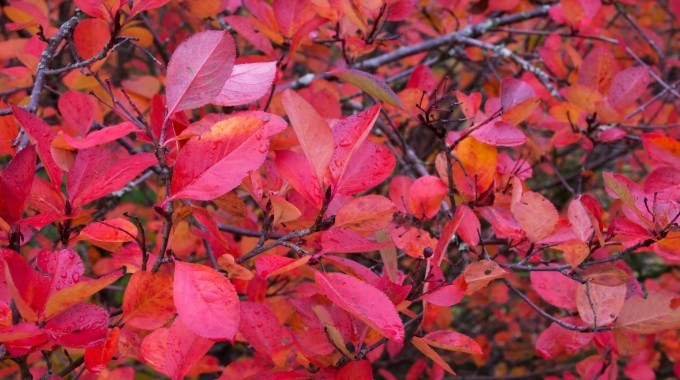
Red chokeberry (Aronia arbutifolia) has vibrant fall color, red fruit that persists through the winter and pretty spring flowers. The fruit is an important food source for birds. Birds also use the shrub for nesting and cover. Red chokeberry can be planted as a hedge, used in rain gardens and is tolerant of clay soil. It usually grows to 6 – 8 feet tall and 3 – 4 feet wide. (Variety ‘Brilliantissima’, Phipps Top 10 Sustainable Plant, 2014)
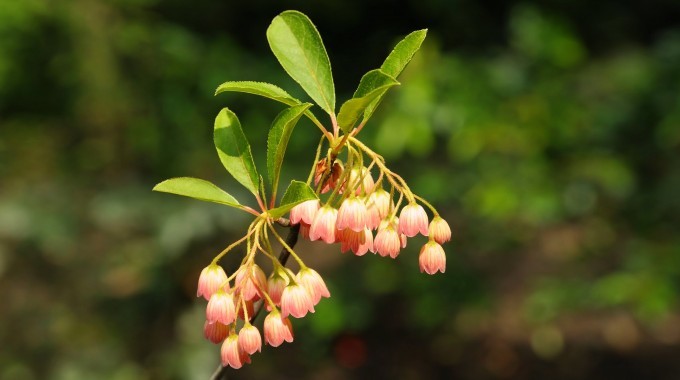
Redvein enkianthus (Enkianthus campanulatus) has yellow to orange and red color in the fall with creamy white, bell shaped flowers in the spring. Grows to be 6 – 8 feet tall and 4 – 6 feet wide in full sun to part shade conditions. It prefers acidic, moist soil, is considered deer resistant and attracts bees, butterflies and hummingbirds. (Phipps Top 10 Sustainable Plant, 2012)
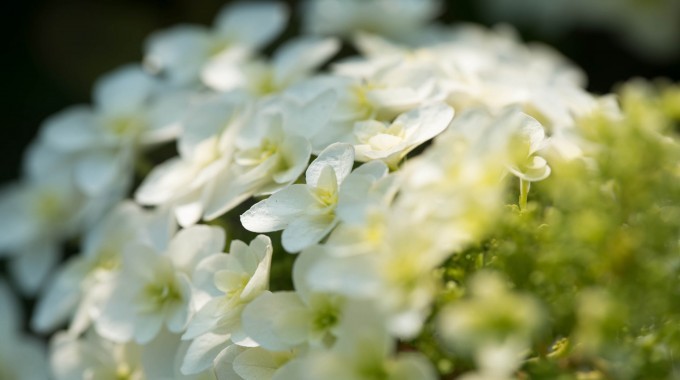
Oakleaf hydrangea (Hydrangea quercifolia) has oak-shaped leaves of deep green that turn crimson and bronze-purple in fall. This large deciduous shrub grows 3 – 10 feet tall and wide and has an upright habit. The huge, papery, white flower panicles bloom in summer, dry to a rose-pink or tan in the fall and provide interest throughout the winter, as does the exfoliating, copper-brown bark. Plant in moist soil, and full sun to part shade. Not only does this shrub look incredibly beautiful it also offers many ecological benefits including cover for wildlife and a nest site for birds. Bees, butterflies and hummingbirds also benefit from the pollen and nectar provided by the flowers. (Phipps Top 10 Sustainable Plant, 2011)
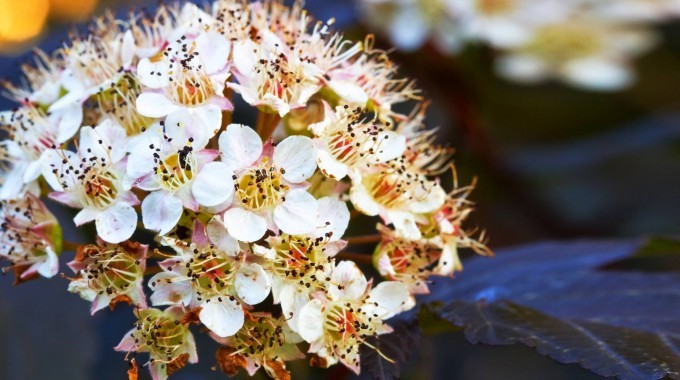
Ninebark (Physocarpus opulifolius) has beautiful red fall foliage and showy spring blooms with white or pink flowers. Ninebark enjoys a site with full sun or part shade conditions. It prefers acidic, well-drained soil but tolerates a variety of soil conditions including juglone from black walnuts. They look nice grown as a hedge and get to be 5 – 8 feet tall and 4 – 6 feet wide. Ninebark has very similar coloring to Japanese barberry, but is not as deer tolerant. It should be planted in an area with minimal deer pressure or kept protected. (Variety ‘Diabolo’, Phipps Top 10 Sustainable Plant, 2013)
Plants with deer resistance but less color than Japanese barberry
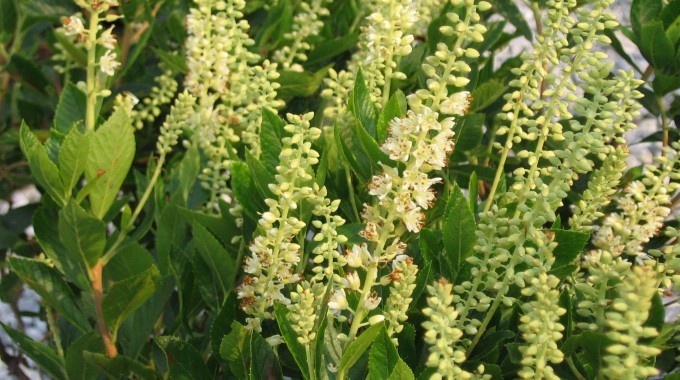
Sweet pepperbush (Clethra alnifolia 'Sixteen Candles') has glossy, dark green foliage which turns yellow in the fall and inches upright fragrant white flowers that cover the plant in July and August. It is an excellent compact shrub for summer bloom; works well as a shrub border; and is a good plant for wet areas. Sweet pepperbush does well in full sun and tolerates shade. The pretty flowers attract butterflies and hummingbirds and provide cover for wildlife and nest sites for birds. It is deer resistant. (Phipps Top 10 Sustainable Plant, 2012)
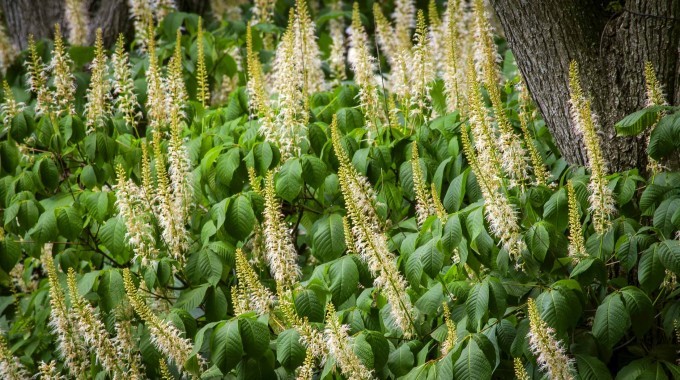
Bottlebrush buckeye (Aesculus parviflora) has medium to dark green summer foliage that turns yellow-green in fall. It is an exceptional wide-spreading, suckering shrub which reaches 8 – 12 feet in height and 8 – 15 feet in width. This shrub has outstanding white, upright, 8 – 12 inch flower panicles that bloom in late June to July attracting butterflies and hummingbirds. Plant this Southwestern PA native in moist, well-drained soil enriched with organic matter in full sun to shade. It is especially nice for massing. (Phipps Top 10 Sustainable Plant, 2009)
Note on Deer Resistance: There are NO truly deer resistant plants, as deer will eat all most anything and everything, especially during winter months when food is scarce. Always protect new plantings until they are well established; young shrubs are more suseptible to nimbling critters than more mature plants. The plants included above have been found to be less susceptible to deer browse than other plants and are thus described as deer resistant. Talk with neighbors and your local nursery to learn how these plants do in your neighborhood.
Photos © Hornbaker Gardens, Paul g. Wiegman, Natural Landscapes Nursery, houroumono, SBJohnny, Steve Severinghaus, Joel Perkovich

